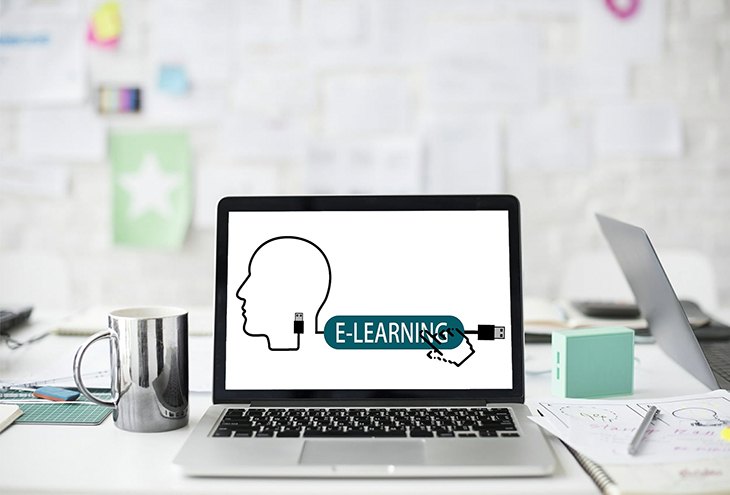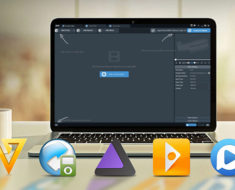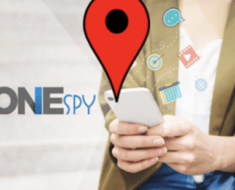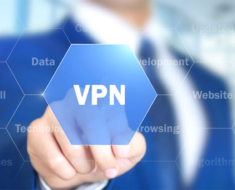
KnowledgeCity
Compliance training in an organization is a way of ensuring that employees are on the same page regarding relevant rules and regulations, internal policies, and laws that determine the functioning of the said organization. All employees need to invariably stick to compliances to maintain smooth operations.
Compliances and regulations are a must for any organization because they ensure the safety, security, and well-being of the employees, and at the same time, save an organization from possible lawsuits, fines, and penalties in the event of not following them. Therefore, compliance training needs to be a part of every organization.
Compliance training entails getting familiar with company procedure and policies, data security and privacy, state and federal laws concerning your organization, workplace ethics, code of conduct, employee sexual harassment, workplace violence and substance abuse, inclusiveness in the workplace, etc.
Even though compliance training is a vital part of any organization, employees are often not very pumped to undergo such training as it is monotonous and boring for many of them. Since its mandatory training, they have to sit through and endure it without an enjoyable learning experience. eLearning can change this and make compliance training an exercise in behavioral change and transformation.
In this article, we will learn how eLearning can improve compliance training for employees and make it interesting.
1. It provides interactive learning
The major issue employees generally have with compliance training is that it seems too dull. This is where eLearning solutions can step in and change the stigma around traditional compliance training. eLearning tools such as Blackbaud provide trainers with the option of including multimedia like images, videos, interesting graphics, quizzes, game elements, bite-sized modules, etc., within a given training module to make it more interactive for the learner, i.e., employees.
Employees feel more invested in the learning process because now they can focus more and retain various compliances in memory for longer durations. Therefore, the interactivity of eLearning eliminates the notion that compliance training is a dull undertaking.
2. Not one mould for every business: Customizable
eLearning tools allow HR managers to completely mold the basic learning design to fit the standards and style of their organization. The facility of customization allows HR managers to marry the philosophy and mission of the company to the specific parts of the overall compliance training process to make it more palatable for employees.
Customization also means that HR managers can personalize the training process for individual or group of employees based on their prior experience and understanding of the required compliances of the company. Therefore, the customization option in eLearning makes the learning process exclusive for your organization and its employees alike.
3. Provides ease of accessing the training
One of the biggest advantages of eLearning is the flexibility that it brings to the table. eLearning, being cloud-based in nature, allows employees to take charge of their learning process and fix it to their schedules without a constant oversight that can often become suffocating.
Training based on eLearning allows employees to access it anytime, anywhere, according to their convenience and without hampering their work-life balance. This in turn, makes employees more engaged in the learning process.
4. Saves money while raising the standard of the training and the organization
eLearning ensures that the standard of compliance training remains consistent throughout the organization, in every location. In addition, eLearning is a cheaper investment than in-office physical training. Therefore, it provides higher standards of employee training while saving the organization a significant amount of money that can be repurposed for other uses.
eLearning tools also provide the functionality of getting real-time feedback from employees on their training process. Feedback helps in removing the loopholes and improving the overall efficiency of training. It helps in addressing compliance issues faster and raises the standards of compliance across the organization.
5. Allows for measuring data and results
The best part about eLearning is that it allows for real-time assessment of all compiled digitally without any scope of error. Training data is available for trainers to track the progress of learners, allowing them to make much-required interventions to make the learning process smoother.
Conclusion
You can make compliance training an interesting and interactive undertaking for the employees of your organization by investing in the right eLearning tool. So, what are you waiting for? Take the leap of faith and begin today!









































